An Ancient Grain Made New Again: How Sorghum Could Help U.S. Farms Adapt to Climate Change
Agritecture Blog
MARCH 3, 2023
During a normal year, he typically harvests about 150 bushels per acre of corn. It doesn’t take a whole lot of rain to make a good yield for the sorghum crop,” said Rendel, who plants about 1,000 acres of grain sorghum each year on his 5,000-acre farm. “It Animal agriculture contributes a significant amount of global greenhouse gases.


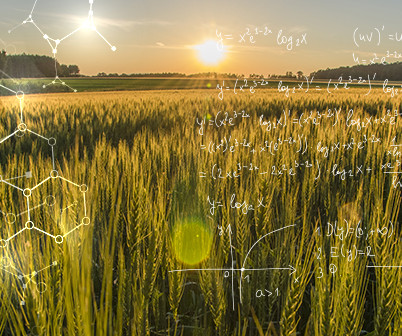
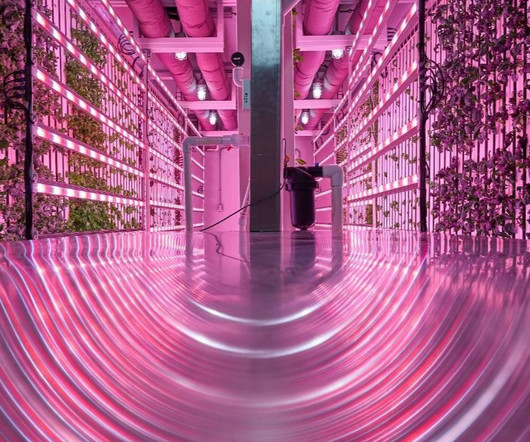



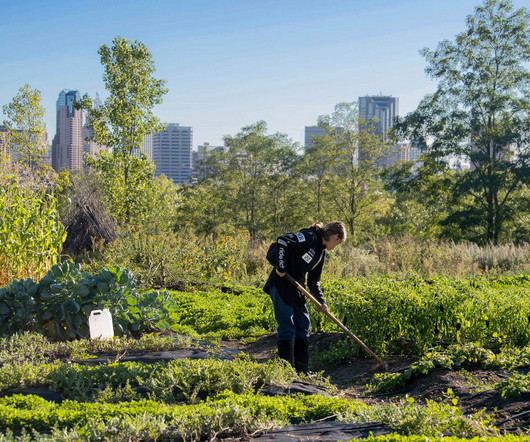

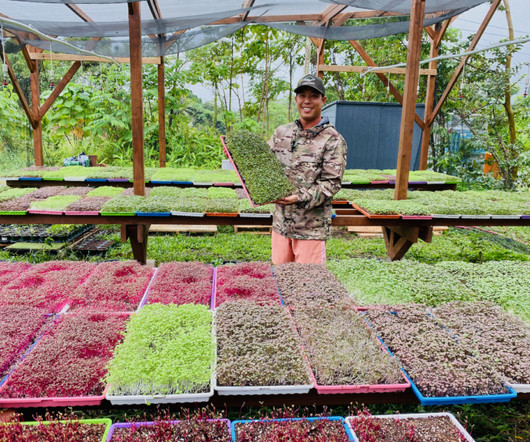






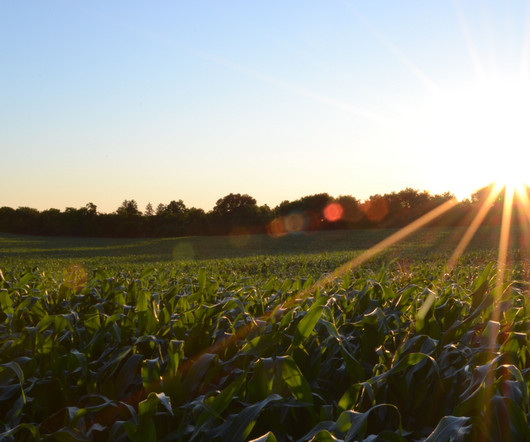


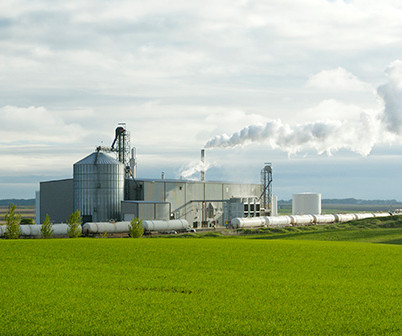
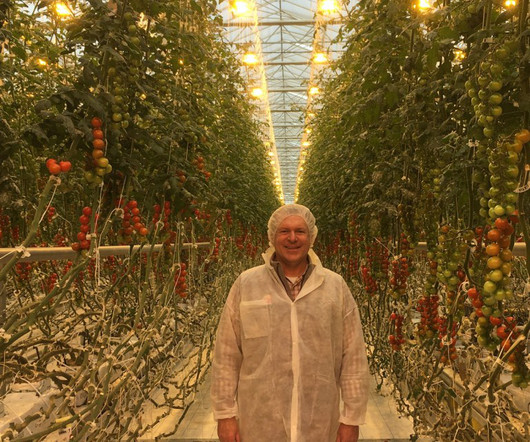





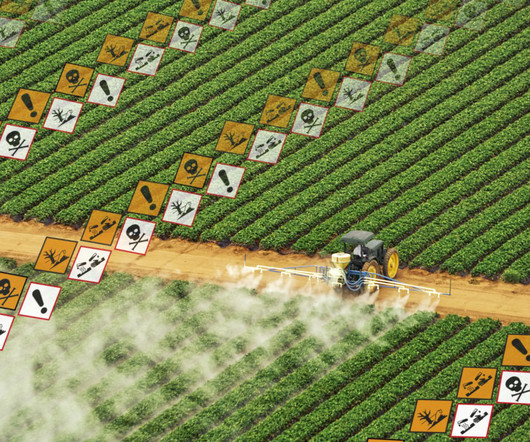







Let's personalize your content